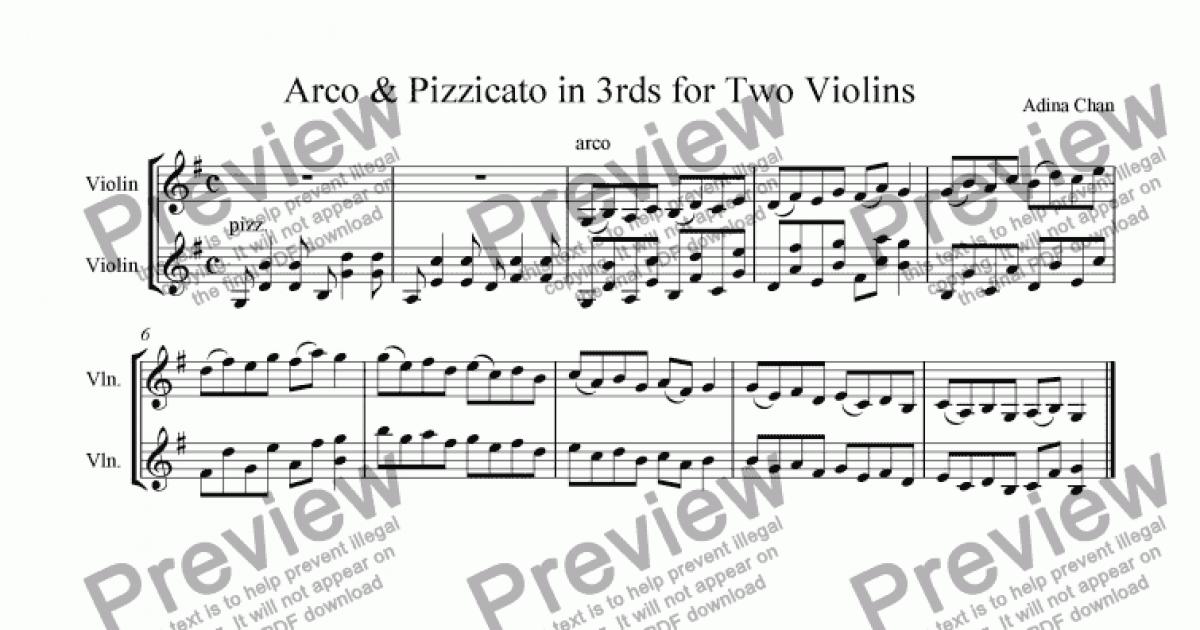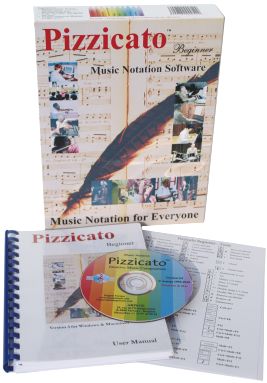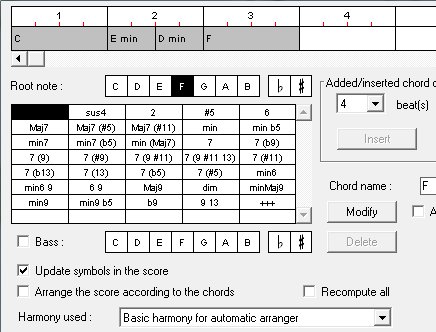

The bow is held in the hand at the same time unless there is enough time to put it down and pick it up again between bowed passages. This has remained the most usual way to execute a pizzicato, though sometimes the middle finger is used. Later, in 1756, Leopold Mozart in his Versuch einer gründlichen Violinschule instructs the player to use the index finger of the right hand. Another early use is found in Claudio Monteverdi's Il combattimento di Tancredi e Clorinda (around 1638), in which the players are instructed to use two fingers of their right hand to pluck the strings. The first recognised use of pizzicato in classical music is found in Tobias Hume's Captain Humes Poeticall Musicke (1607), wherein he instructs the viola da gamba player to use pizzicato ('thumpe'). The inharmonicity disappears when strings are bowed because the bow's stick-slip action is periodic, so it drives all of the resonances of the string at exactly harmonic ratios, even if it has to drive them slightly off their natural frequency. The inharmonicity of a string depends on its physical characteristics, such as tension, composition, diameter and length. This complex timbre is called inharmonicity.

PIZZICATO NOTATION SERIES
When a string is struck or plucked, as with pizzicato, sound waves are generated that do not belong to a harmonic series as when a string is bowed. It is also known (especially in non-classical guitar) as palm muting. On the guitar, it is a muted form of plucking, which bears an audible resemblance to pizzicato on a bowed string instrument with its relatively shorter sustain.On keyboard string instruments, such as the piano, pizzicato may be employed (although rarely seen in traditional repertoire, this technique has been normalized in contemporary music, with ample examples by George Crumb, Toru Takemitsu, Helmut Lachenmann, and others) as one of the variety of techniques involving direct manipulation of the strings known collectively as " string piano".This produces a very different sound from bowing, short and percussive rather than sustained. On bowed string instruments it is a method of playing by plucking the strings with the fingers, rather than using the bow.

The exact technique varies somewhat depending on the type of instrument : Pizzicato ( / ˌ p ɪ t s ɪ ˈ k ɑː t oʊ/, Italian: translated as "pinched", and sometimes roughly as "plucked") is a playing technique that involves plucking the strings of a string instrument.


 0 kommentar(er)
0 kommentar(er)
